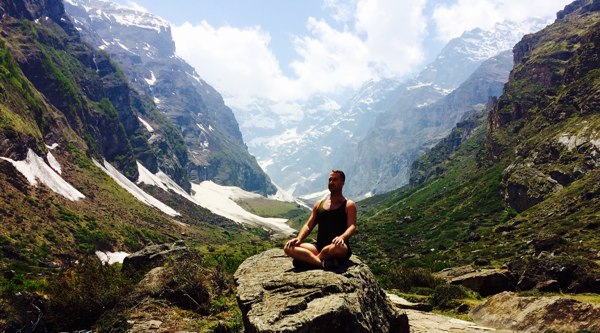It’s challenging to have a conversation around the lack of diversity in the yoga community.
Yoga can be a powerful tool on your journey to empowerment, healing, and awareness. But for a practice that has unity and oneness at its core, the walls of accessibility remain to be as complicated as ever.
It’s uncomfortable, because a practice like yoga that promotes health, wellness, and spirituality, has become another expression of society’s racial prejudices.
Nobody wants to talk about it, but I do.
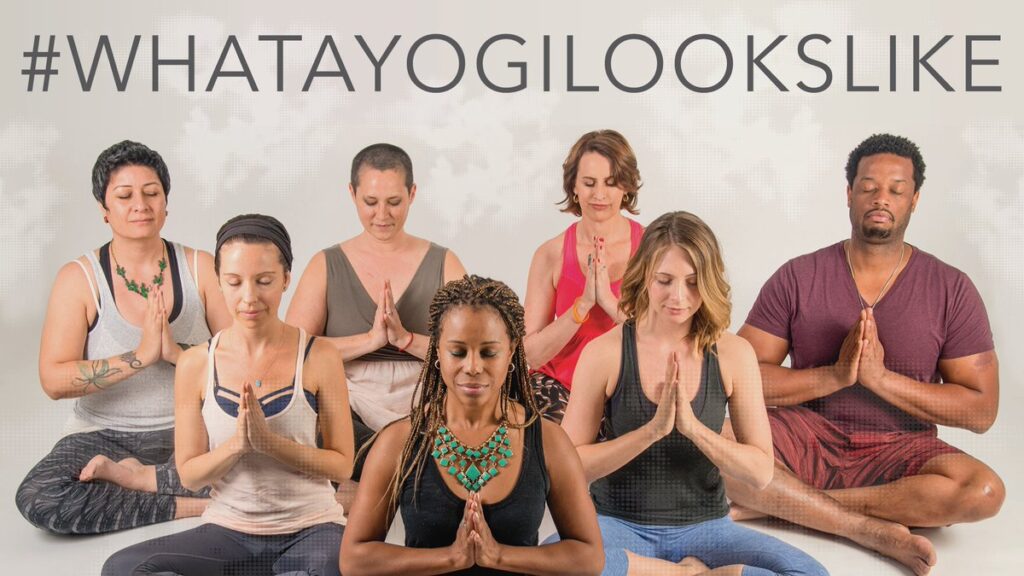
And this is where I stand:
Yoga is not reserved for the elite demographic, and it is not a luxury status. It is a 5,000-year-old practice that is here to serve everyone.
Perceptions of exclusivity in yoga are continuously being rejected, and it should be everyone’s mission to continue this trajectory.
Despite the efforts of some yoga schools, the barriers people face entering yoga is proliferating. Yoga is becoming more and more mainstream while still favoring the elite-few. Barriers like income, language, culture, race, lack of education, health challenges, negative body image, and feeling like an outsider all contribute to the lack of diversity in our community.
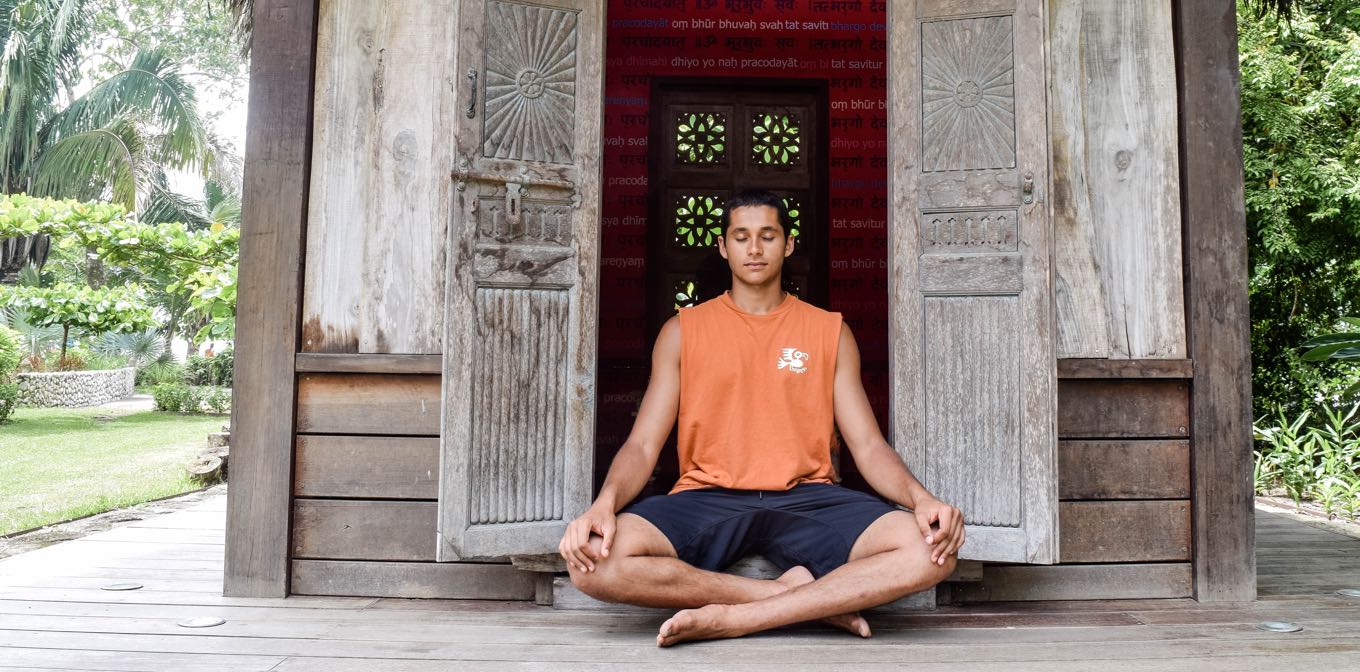
The blatant commodification of yoga has seen entire groups of people pushed out. And it’s our social, religious, and racial divisions that underlie the disparities and lack of diversity in yoga.
But it shouldn’t have to.
There is a lot we can do to ensure yoga’s accessibility to all. And no doubt, we can’t tackle them all at once. But the assumption that yoga isn’t for everyone, that it is just for the privileged among us, is something each and every one of us can work to amend.
We can do this by supporting diversity within teaching. That includes having teachers from a wide range of backgrounds, ethnicities, and sexual and gender orientations as a priority.
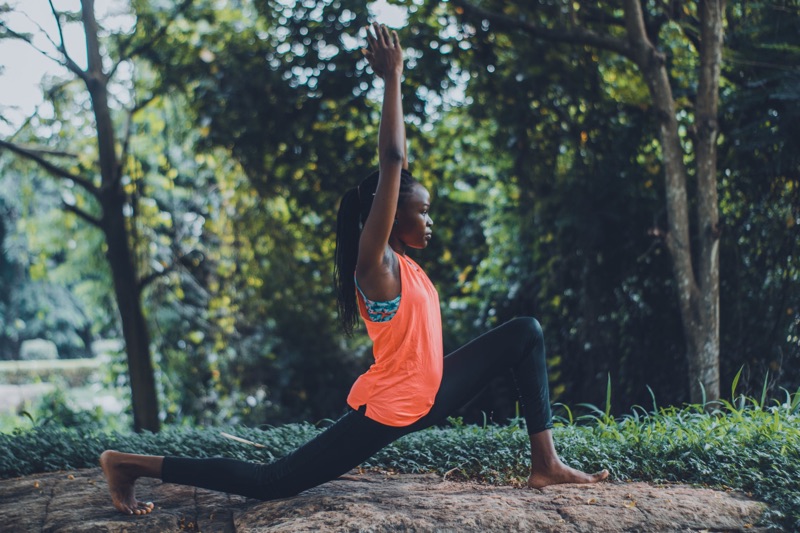
Why is representation + diversity in the yoga community necessary?
A person’s culture and background dictate how they show up in the world and, ultimately, how they are received. In an environment that asks them to open up and be vulnerable, it’s indispensable that a person feels safe in class with a teacher that sees, hears, and recognizes them for who they are.
And, more importantly, a teacher that they can recognize as someone who can accept them in their entirety.
Blue Osa and myself are calling for the empowerment of students from the BAME, LGBTQI+, and disabled communities.
We invite them to step into their power and out into the world through the beautiful practice of yoga.
That means empowering all current yoga practitioner friends of color, the LGBTQI+ community, and those in different socioeconomic backgrounds and abilities to step up and be agents of change.
To make an impact in the world by stepping into yoga teacher training.
But not only does yoga need diverse teachers, but it also needs diverse leadership. When we have leaders that represent our diverse community, something else happens – yoga becomes accessible.
Change Needs To Happen At The Very Top
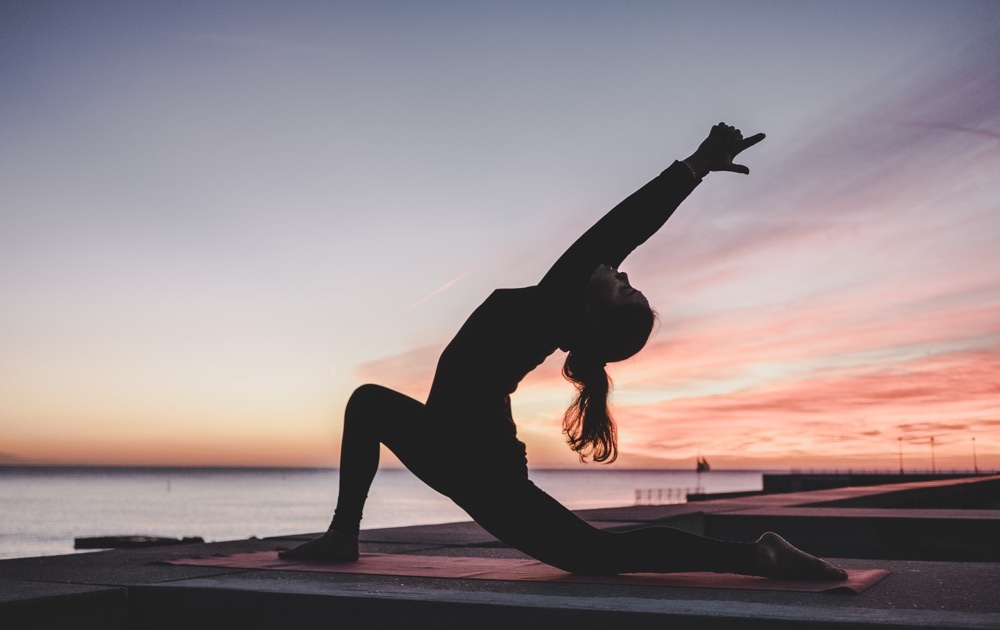
At present, yoga is a multi-billion-dollar industry. It is an industry that has been far removed from its spiritual complex and commodified in a way that mirrors and re-perpetuates the existing power structures that ultimately disadvantage minorities.
Yoga CEO’s are usually overpaid white men. And the high price tags of yoga classes mean that yoga spaces are often exclusionary and predominantly white spaces.
However, this is not a conversation about who is right and wrong.
The highly entrepreneurial aspect of yoga has been the critical component for its positive outreach worldwide.
And yet, this outreach has had negative consequences because the positive aspects have been diluted or forgotten.
As a community, it’s crucial to decide how we continue to ensure the purity of its teaching – Ahimsa, Satya, and Asteya. These teachings should be reflected in the Westernisation of yoga.
That means to say that love for all imbues our entrepreneurial direction – that every culture should know that yoga is for them. Not just by thought or word but by action.
When we take part in yoga, we are taking part in a practice that stems from ancient wisdom and teachings. It’s a tradition that has unity and oneness at its core. Yoga is a practice that promotes deep healing, joy, and harmony to anyone that practices it if they so wish.
We are not creating something new.
We are not doing yoga when we continue to distort yoga. This distortion is meant to fit a mold that ultimately perpetuates otherness and exclusion off and on the mat.
How exactly are we upholding the teachings of yoga in our practice, our businesses, and our communities?
Closing the wellness gap for underserved populations
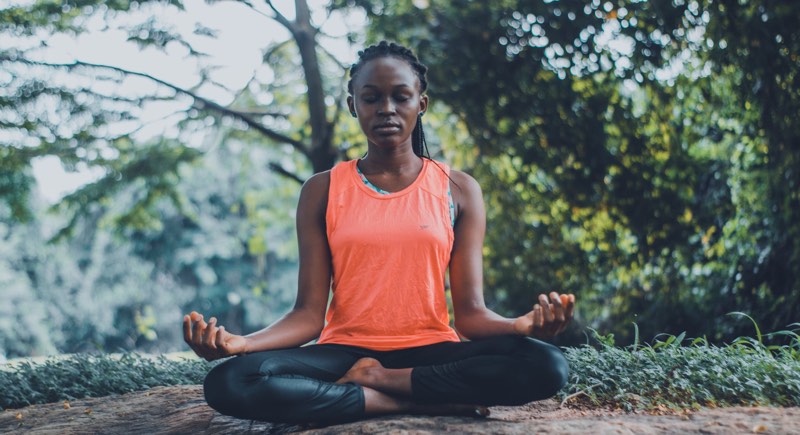
To faithfully continue the teachings of yoga and see greater diversity, inclusion, and equity in communities, we need to look at ways of closing the wellness gap.
That means reforming the current entries into yoga and making yoga accessible to all by placing equity before profits.
Reclamation Ventures, a community-funded company set up by Nicole Cardoza, invests money into entrepreneurs who represent the diversity in our communities. Essentially empowering individuals with the tools and training needed to thrive as wellness leaders in their community. Thus “closing the wellness gap and increasing health equity in communities that need it most.”
Nicole has many ventures aimed at closing the wellness gap for good. Even when doing this work, Nicole has faced discrimination and experienced the very condition she is trying to dismantle. In a recent collaboration with Yoga Journal, one of the largest yoga publications to date, Nicole was subject to a capitalistic experiment that saw her put up against a white model in a competition for who was worthy of that issue’s front cover.
Despite being Yoga journal’s main feature, the audience was asked to vote for their favorite cover on social media.
“There’s no names, no storytelling, no context about what we might offer between the pages. What are they asking the community to choose between?” says Cardoza.
Implying that even though Nicole was the star of the show inside their magazine, having her face on the cover might mean they lose out on sales.
When our leaders perpetuate the diluted and commodified version of yoga and value profits before equality, like this, then we have a huge problem.
And this happens both implicitly and explicitly everywhere in the yoga community, from not hiring people based on their looks to ignoring people in yoga classes because we don’t understand their culture.
This is a perspective that needs to be challenged and changed for the wellness of all.
What’s incredible about Reclamation Ventures, is that the elevation of diverse wellness leaders is possible because of the collective hand of hundreds of investors. We can tell people that yoga is for them, but truthfully what is happening if nothing changes.
When you are empowered, the act to follow is to lift and empower others too. That means movement, change, and action.
We can’t just hand out flyers and throw statements that our yoga studio is a safe and inclusive place, or have a token person of color in our promotional imagery and expect diversity in our classes the next day. Nor can we expect that this is doing the work.
Seeing greater diversity in yoga will require less hope and more radical action.
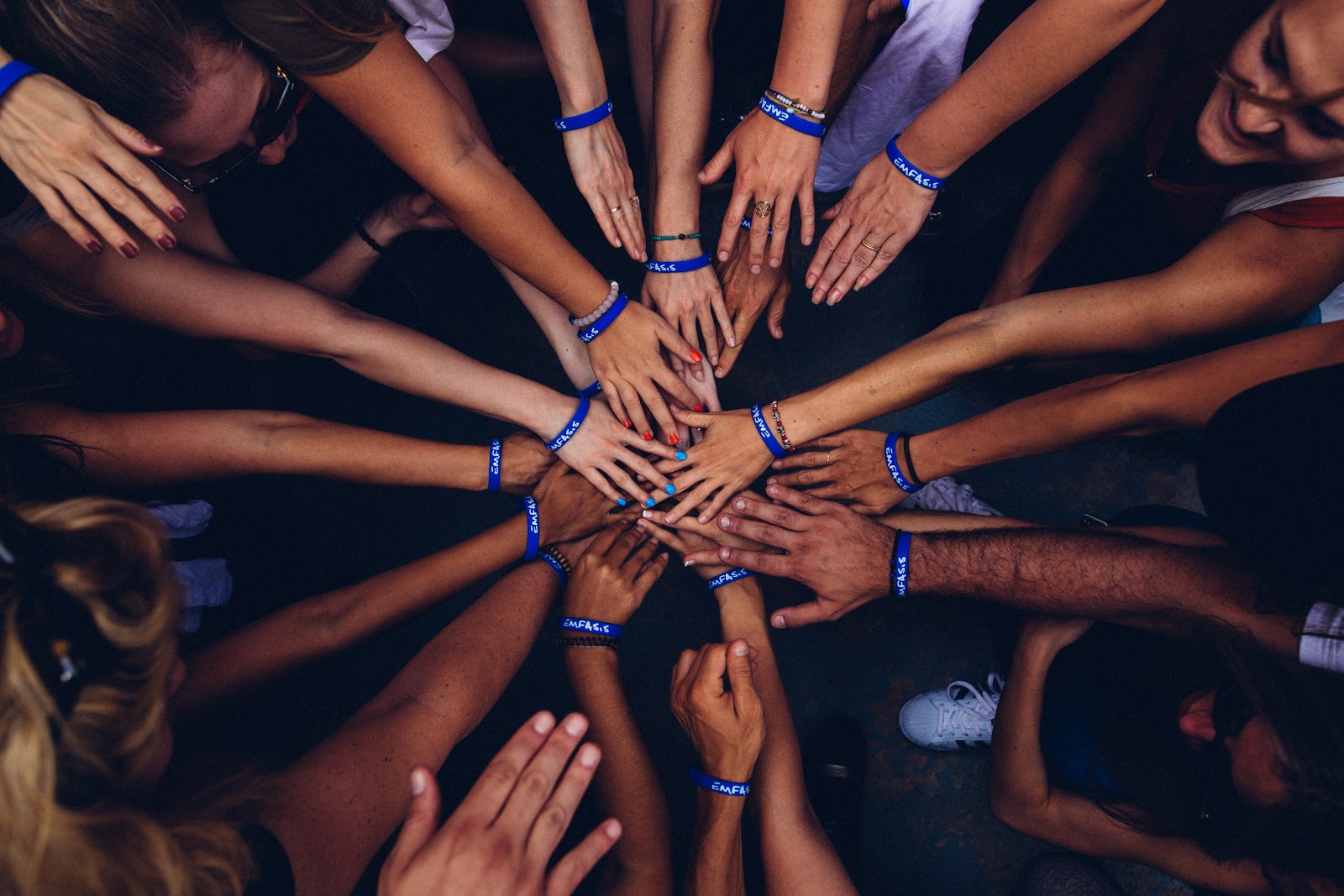
Bringing Yoga To Underserved Communities
The relationship between race and socioeconomic status is a complex yet inevitable one. And entire groups are being overlooked in the wellness industry because of it.
Yoga Foster is a brilliant program that is leading the way in breaking barriers to entry. Not only by bringing yoga and meditation into communities that have no access to it, but by embedding the healing practice right into the curriculum of schools and institutions in the US.
This program, also led by Nicole Cordoza, empowers educators to take yoga training themselves and lead yoga practices for children across 500 schools. So far, in the US, this program has empowered 2,000 educators and 10-fold in young students.
While radical change can come from the top, it must also come from deep within.
Yoga In Action
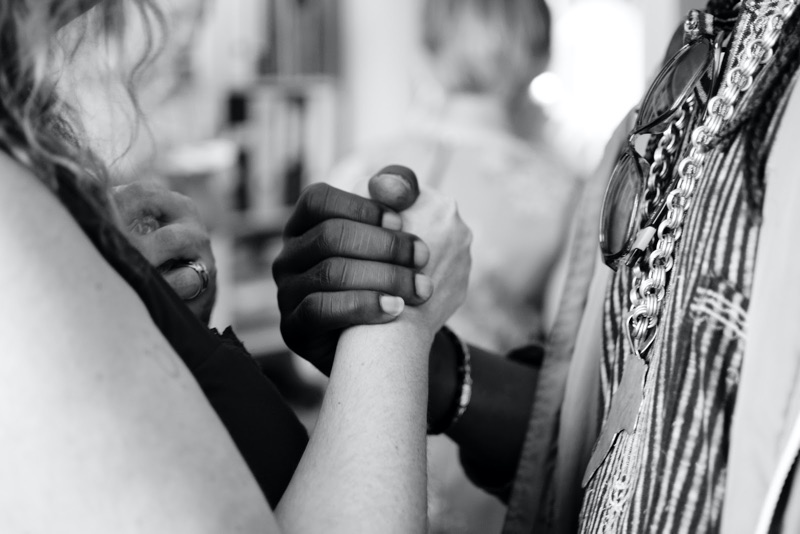
Statistically, more and more people of color and marginalized groups are practicing and teaching yoga. But this is still not reflected when we walk into studios or open up magazines.
The central representation found worldwide only offers to cater to the elite few. And sadly, the marginalization of these groups within yoga itself only serves to reinforce a false perception of what yoga truly is.
Having visited many yoga studios across the world, Hye Jin Kalgaonkar wanted to ensure that when she set up The Hot Room, she achieved the following: That anyone who walks through their doors feels safe, welcomed, and is entering an environment where they can feel good about their own healing.
And this is so evident. Saying a space is safe, doesn’t actually make it safe. But Hye practices what she preaches as her studio is filled with people of all ages, sizes, gender, background, and abilities. And this has resulted in a room full of diversity and inclusion, and each one of them knows that yoga is for them.
This level of outreach is yoga in action, and it would be radical diversity if we saw many studios take this approach. But on another level, acknowledgment and what it can lead to is also yoga in action.
“When we acknowledge the differences, and that there is suffering, we are essentially practicing being present and mindful.”
It is not common for these conversations about diversity to move beyond, unless initiated by the very groups excluded by it. So by genuinely acknowledging and learning from others’ experiences, we become culturally literate and can start building relationships and making people feel safer.
Make a commitment for change towards more diversity
When we commit to having a greater understanding and having empathy for all human beings, our actions will begin to change in ways that truly speak to the communities we are trying to reach.
Breaking down barriers that keep yoga out of reach will mean discussions need to keep happening.
How can you contribute to advocating a movement that puts diversity, equity, and inclusivity ahead of profits and personal gains?
And, as an ‘unconventional’ practitioner of yoga, what have your experiences been?
I can’t wait to meet you soon!
Lives change and transform from a yoga teacher training
Are you unsure if yoga teacher training is right for you? We have tons of resources to help you make the best decision for yourself. Sign up for our 5-part series, Is Yoga Teacher Training Right For Me?

